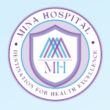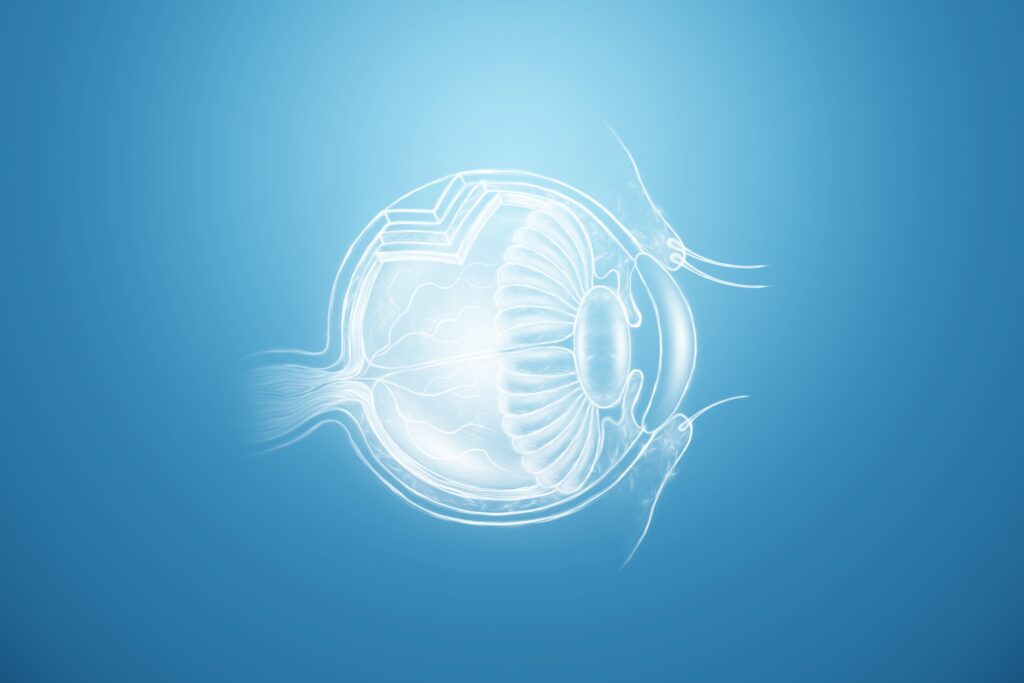Eye health plays a crucial role in our daily lives, influencing how we perform everyday tasks and interact with our surroundings. Maintaining good vision is essential, and being aware of potential issues like keratoconus is vital. Keratoconus is a progressive eye condition that specifically impacts the cornea, potentially causing significant vision problems if left unmanaged.
Getting to Know Keratoconus
Keratoconus is a disorder where the cornea, the clear, dome-shaped surface of the eye, progressively thins and bulges into a cone shape. This condition alters how light enters the eye, leading to distorted vision. Typically, the changes in the cornea make it difficult to focus light properly on the retina, causing blur and distortion.
This eye condition generally begins in one’s late teens and can affect both eyes, though often unequally. Individuals with keratoconus may notice a significant impact on their vision, requiring different corrective measures over time. As it progresses, keratoconus can severely impair the ability to perform tasks that require sharp vision, such as reading or driving at night. While many only experience mild distortion, others see their vision degrade to a point where corrective lenses or surgery become necessary.
Understanding Causes and Symptoms
Several factors can lead to keratoconus. A strong genetic predisposition is often present, as it tends to run in families. Other contributing factors include consistently rubbing the eyes and having significant allergies or asthma, which can exacerbate the condition.
Early Symptoms
– Blurry or distorted vision – Increased sensitivity to light and glare
Advanced Symptoms
- Double vision in one eye
- Halos around lights
- Eye strain and chronic discomfort
- Frequent changes in eyeglass prescriptions

Recognizing these symptoms early is crucial for effective management. Common signs like blurriness and glare might initially seem trivial but can worsen over time. Anyone experiencing these symptoms should consult an eye care professional.
Keratoconus Stages and Diagnosis
Keratoconus progresses through different stages, each requiring specific care to prevent further vision loss. These stages determine treatment options and the need for interventions like special lenses or surgery.
- Stage 1 Keratoconus: Early changes, usually manageable by eyeglasses or soft lenses.
- Keratoconus Stage 2 and 3: More pronounced distortions requiring custom contact lenses.
Common diagnostic methods include corneal topography, which maps the cornea’s surface and vision assessments to measure the impact on sight. Early diagnosis allows for more effective management, preventing severe complications.
Treatment and Management Options in India
India offers a range of treatments for keratoconus, from basic corrective lenses to advanced surgical interventions:
- Keratoconus Glasses and Lenses: As the condition progresses, eyeglasses may no longer suffice. Specific soft lenses for keratoconus, such as kerasoft lenses, help correct irregular vision.
- Keratoconus Contact Lenses: Custom-designed contact lenses, are often needed. These include:
- Rigid Gas Permeable Lenses: Helps correct the corneal shape effectively.
- Hybrid Contacts for Keratoconus: Blend comfort with effective vision correction.
- Rose K Contact Lenses: Widely used for keratoconus. Easy to adapt and provide excellent vision correction.
- Surgical Options: In advanced cases, corneal cross-linking may help stabilize the cornea. More severe cases might require corneal transplants, where the damaged cornea is replaced.
Management also involves lifestyle adjustments, such as avoiding eye-rubbing and addressing allergies, which helps slow progression. Consulting with professionals about keratoconus contact lenses fitting can result in personalized solutions often found by searching “keratoconus contact lenses near me.”
Living with Keratoconus: Resources and Support
Living with keratoconus involves adapting daily activities to minimize its impact on life quality. Regular check-ups and wearing protective eyewear can significantly ease the challenges.
- Lifestyle Adjustments: Protecting eyes from sunlight with UV-protection glasses and maintaining a regular check-up routine eases management.
- Community Support: Joining support groups can help by sharing experiences and tips on managing the condition.
Importance of Regular Monitoring
Regular monitoring helps adapt treatments to changing needs, ensuring that vision remains stable. Support networks offer valuable resources, from advice on the cost of hard contact lenses for keratoconus to unique solutions like prescription sclera contacts.
Managing keratoconus necessitates a comprehensive approach involving modern technology, consistent monitoring, and community support to ensure a comfortable lifestyle despite the condition.


